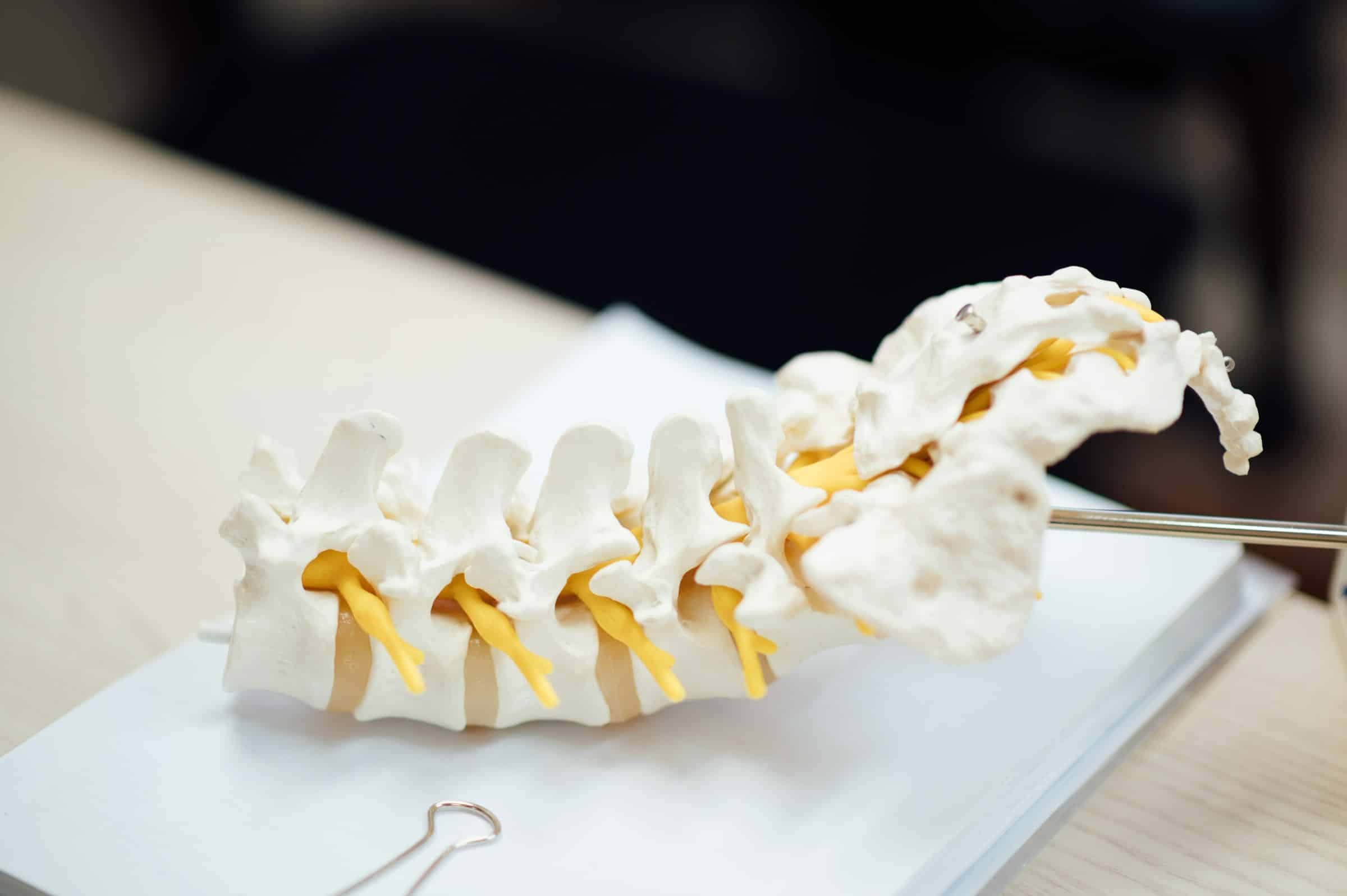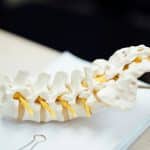The world of medical technology is consistently evolving, seeking new ways to improve the quality of life for people with disabilities. One of the most intriguing advancements in recent years has been the development of wearable exoskeletons, particularly for those with spinal cord injuries. These innovative devices promise unprecedented mobility solutions, but can they deliver? In this article, we’ll explore the potential of exoskeleton technology, its medical applications, practical challenges, and the future outlook.
The Science Behind Wearable Exoskeletons
Before diving into the potential benefits of wearable exoskeletons for spinal cord injury patients, it’s essential to understand the science behind these devices. Simply put, an exoskeleton is a wearable device that replicates the functionality of the human musculoskeletal system. It’s designed to enhance, support, or restore physical capabilities, particularly for people with mobility issues.
Also to see : What Are the Best Sleep Tracking Technologies for Improving Sleep Disorders?
An exoskeleton is built using a combination of sensors, actuators, and controllers. The sensors detect the user’s movement intentions, while the actuators mimic the role of muscles, producing movement in response to the user’s intentions. The controllers act as the device’s brain, interpreting sensor data and instructing the actuators.
Medical Applications of Exoskeletons
Wearable exoskeletons hold immense potential for medical applications, particularly for patients with spinal cord injuries. Spinal cord injuries often result in partial or complete loss of motor functions below the level of injury, limiting the individual’s ability to walk or move independently.
In the same genre : How Does Participation in Community Supported Art Programs Affect Individual and Public Health?
Exoskeletons can significantly enhance the mobility of these patients. These devices can support patients in standing, walking or climbing stairs, providing a level of independence that was previously unimaginable. Studies have shown that exoskeleton use can lead to improvements in bowel and bladder function, decreased pain levels, and enhanced cardiovascular health, thanks to the increased physical activity.
Practical Challenges with Exoskeletons
Despite the incredible potential that exoskeletons carry, there are several practical challenges that need to be overcome. Firstly, most exoskeletons are quite expensive, putting them out of reach for many spinal cord injury patients.
Additionally, while the technology is commendable, it’s not yet perfect. The current models are bulky and heavy, limiting their usability in everyday life. They also require a significant amount of power to operate, making battery life a concern for continuous use.
Moreover, each patient’s condition is unique, and a one-size-fits-all approach doesn’t work when it comes to exoskeletons. Personalization and customization are key to ensuring the device can effectively assist the individual, which can add to the complexity and cost of these devices.
The Future Outlook for Exoskeletons in Spinal Cord Injury Treatment
Despite the challenges, the future of exoskeleton technology in spinal cord injury treatment looks promising. Researchers are continuously working on improving the current models, with a focus on making them lighter, more energy-efficient, and more customizable.
In addition, there are efforts to make these devices more affordable. As the technology matures and scales, the cost of producing exoskeletons is expected to drop, making them more accessible for a larger patient population.
Moreover, insurance companies are starting to recognize the potential benefits of exoskeletons, both in terms of patient’s quality of life and potential cost savings in long-term care. This could pave the way for greater insurance coverage for such devices, further enhancing their accessibility.
Embracing the Potential of Exoskeletons
It’s clear that wearable exoskeletons carry enormous potential to revolutionize mobility solutions for spinal cord injury patients. While there are practical challenges that need to be addressed, the advancements in technology and the growing recognition of their benefits suggest a promising future.
As we continue to foster innovation in medical technology, we must remain committed to making these life-changing devices accessible to all who need them. The promise of enhanced mobility, independence, and improved quality of life for spinal cord injury patients is too significant to ignore.
Rehabilitation Using Exoskeletons
Exoskeletons can serve as an invaluable tool for the rehabilitation of spinal cord injury patients. As part of a comprehensive therapy program, these devices can help patients regain some of their lost mobility and independence, which can significantly boost their morale and overall mental wellbeing.
Exoskeletons can be used in various stages of rehabilitation. In the early stages, they can support patients in regaining standing and walking abilities, reducing the risk of muscle atrophy due to prolonged immobility. With time, as patients regain strength and confidence, the exoskeleton can be adjusted to provide less support, gradually allowing the user to regain control of their movements.
Furthermore, the use of exoskeletons in therapy can provide valuable data for therapists and doctors. The data collected by the device’s sensors can give insights into the patient’s progress, helping fine-tune the therapy program and set realistic goals.
However, for successful rehabilitation using exoskeletons, patients need a highly skilled team of multidisciplinary professionals, including physiotherapists, occupational therapists, and engineers. It’s also crucial to have strong patient support systems, as the journey towards regaining mobility can be physically and emotionally challenging.
A Word of Caution on Exoskeletons
While the prospects of exoskeletons are undeniably exciting, it’s important to approach the technology with a dose of realism. Exoskeletons are not a cure for spinal cord injuries, nor can they fully restore mobility. They can, however, significantly improve the quality of life for patients, especially when used as part of a comprehensive rehabilitation program.
There’s also the issue of potential risks and side effects. Despite meticulous design, there’s always a small chance of mechanical failure, which could lead to falls or injuries. The devices could also cause skin irritations or pressure sores if not fitted properly. Therefore, any exoskeleton use should be under the guidance and supervision of qualified medical professionals.
Furthermore, while the exoskeleton technology is racing ahead, the legal and regulatory frameworks are struggling to keep up. It’s essential to have robust policies and regulations in place to ensure the safe and responsible use of this technology.
The Road Ahead for Wearable Exoskeletons
The journey of wearable exoskeletons in spinal cord injury treatment has only just begun. The technology holds immense potential to transform lives, but it’s still in its infancy.
The challenges, while significant, are not insurmountable. With continued research, technological advancements, and regulatory progress, exoskeletons could soon become a standard part of spinal cord injury treatment and rehabilitation.
The road ahead may be long and filled with hurdles, but the end goal is worth striving for. The potential to give spinal cord injury patients a renewed sense of independence and improved quality of life is a powerful motivator. As we move forward, the focus should be on making this technology accessible to all who need it, not just those who can afford it.
In conclusion, while there are practical challenges in the application of exoskeletons, the advancements in technology and the growing recognition of their benefits suggest a promising future. The promise of enhanced mobility, independence, and improved quality of life for spinal cord injury patients is a cause worth championing. The wearable exoskeletons indeed have the potential to revolutionize mobility solutions for spinal cord injury patients.












